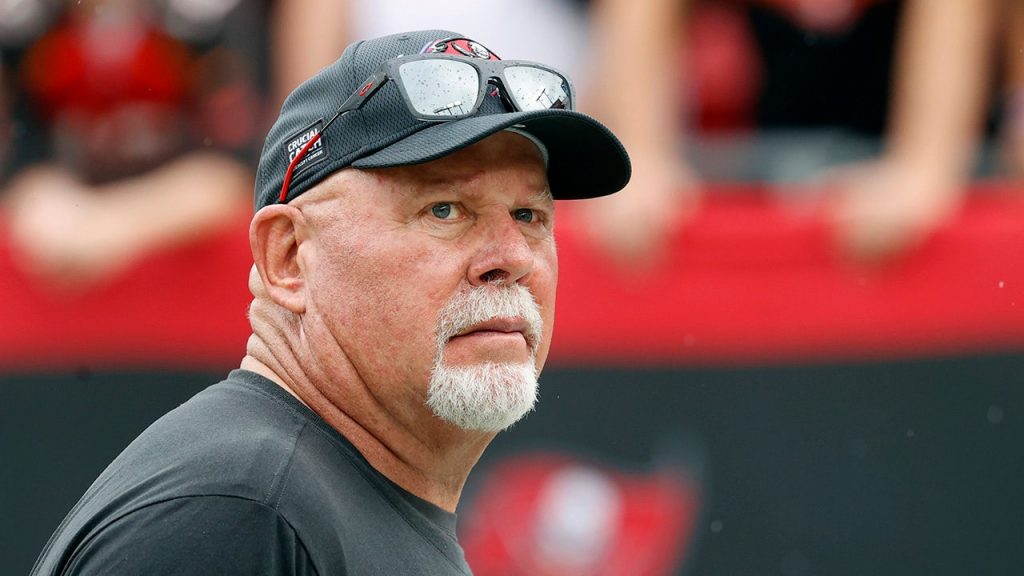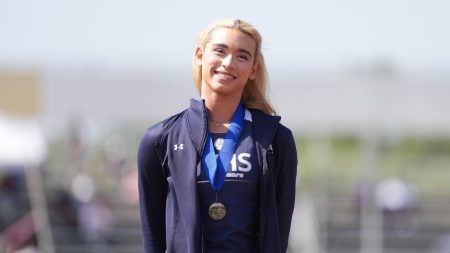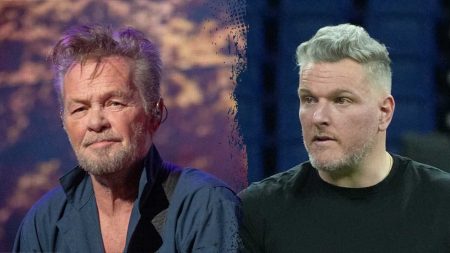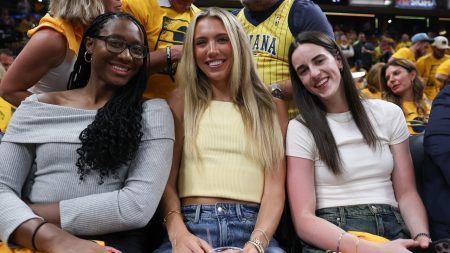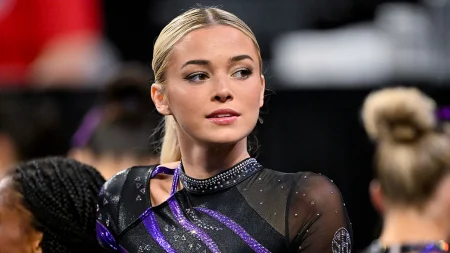Bill Belichick’s potential foray into college football has ignited a flurry of speculation and commentary, particularly following his public acknowledgment of conversations with the University of North Carolina regarding their head coaching vacancy. This development comes after a relatively quiet NFL season for Belichick, marked by his absence from a head coaching role despite an interview with the Atlanta Falcons. While he has maintained a media presence through appearances on programs like ESPN’s “ManningCast” and the CW’s “Inside the NFL,” his interest in the UNC position suggests a continued desire to actively participate in the coaching world.
The surprise expressed by Bruce Arians, a former NFL coach with Super Bowl-winning credentials, underscores the unexpected nature of Belichick’s potential transition. Arians, who himself retired from coaching in 2022, voiced skepticism about Belichick’s apparent willingness to navigate the complexities of the college landscape, particularly the challenges posed by name, image, and likeness (NIL) deals and the transfer portal. These recent additions to college athletics have significantly altered the dynamics of player recruitment, retention, and team management, presenting a stark contrast to the more structured environment of the NFL.
Arians’ skepticism stems from his own experience coaching both at the college and professional levels. Having worked with college programs earlier in his career, he highlighted the patience required to manage younger players, particularly freshmen, who may lack the maturity and experience of professional athletes. This observation is particularly relevant in the context of NIL deals, which allow college athletes to profit from their name, image, and likeness, potentially creating a new set of dynamics and motivations within a team. The transfer portal further complicates the equation by enabling players to switch schools more easily, adding an element of fluidity to roster construction and team chemistry.
Belichick’s vision for a college program, if he were to take the helm, appears to be centered on preparing players for the NFL. He envisions a “professional program” emphasizing training, nutrition, scheme, coaching, and techniques that would seamlessly transition to the professional level. This approach suggests a focus on developing players’ skills and preparing them for the rigors of the NFL, potentially appealing to recruits with professional aspirations. However, it remains to be seen how such a philosophy would mesh with the existing culture and priorities of a college program, especially within the context of NIL and the transfer portal.
The intersection of NIL, the transfer portal, and Belichick’s potential entry into college football presents a fascinating case study in the evolving landscape of sports. These elements are reshaping the dynamics of player recruitment, team management, and the relationship between college and professional sports. Belichick’s potential transition, should it materialize, would provide a unique opportunity to observe how a coach with his extensive NFL experience adapts to the complexities of the college game in its current form. It would also be a test of his ability to bridge the gap between college and professional football, creating a pipeline for talented athletes to pursue their NFL dreams while navigating the evolving landscape of collegiate athletics.
The speculation surrounding Belichick’s future continues as the college football season progresses and NFL teams solidify their coaching staffs. Whether he ultimately chooses to embrace the challenges and opportunities presented by the college game or returns to the familiar territory of the NFL, his decision will undoubtedly be closely scrutinized by fans, analysts, and the media alike. The convergence of Belichick’s potential move, the complexities of NIL, and the dynamics of the transfer portal creates a compelling narrative that underscores the ongoing evolution and transformation of the football landscape at both the collegiate and professional levels.




